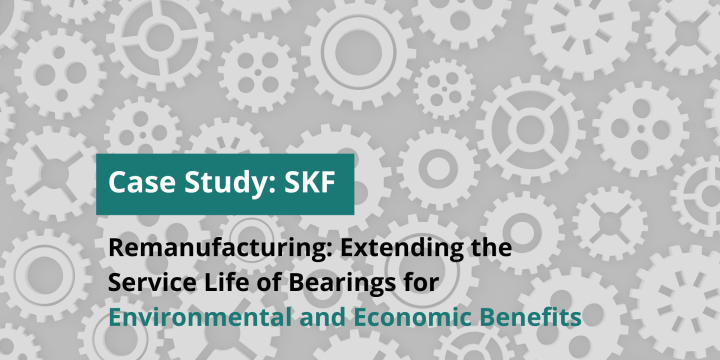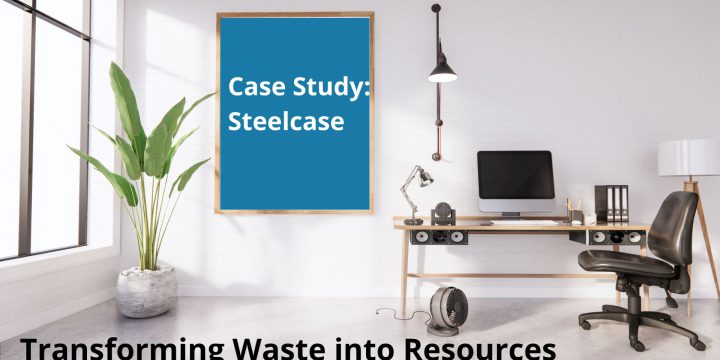
7 Tips for Identifying and Evaluating Environmental Aspects According to ISO 14001
Do you know that identifying and evaluating environmental aspects is crucial for implementing an effective environmental management system? If you want to learn how to do it, you've come to the right place! Get ready for 7 exciting tips to help you in this task. 1. Gather your team Don't go it alone! Involve your entire team in the process of identifying and evaluating environmental aspects. Utilise diverse perspectives that can contribute to a more comprehensive picture. Remember, a stronger team will make this process easier and more satisfying. 2. Pay attention to details The devil is in the details, and we don't want the devil to trip us up! Carefully analyse all the processes, products, and services in your organisation. Identify which aspects may impact the environment. Focus on…









